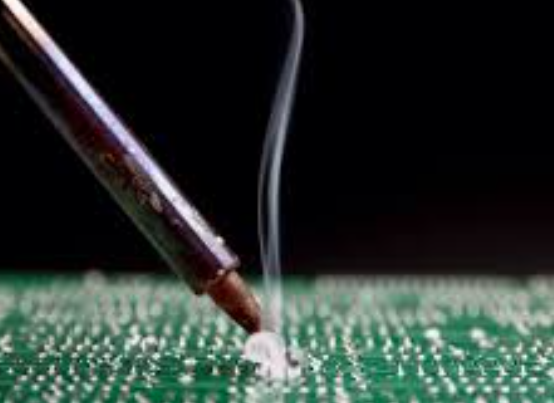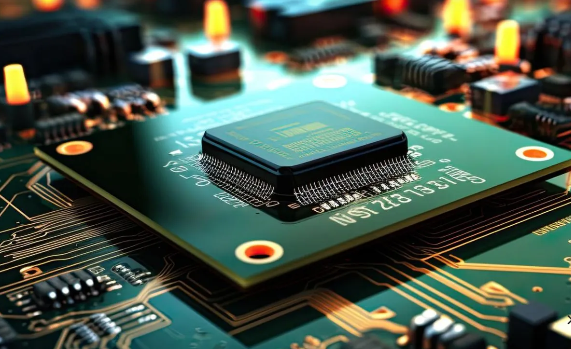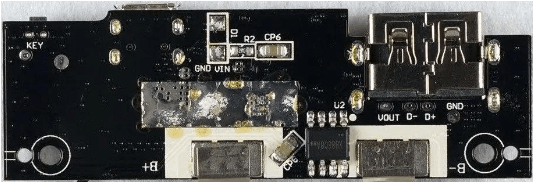Requirements for component layout in PCB thermal design
The arrangement of components on PCB should follow certain rules.
(1) Components should be installed in the best position for natural heat dissipation to make the heat transfer path as short as possible.
Components on the same PCB should be arranged according to their heat generation and heat dissipation degree as much as possible. Components with low heat generation or poor heat resistance (such as small signal transistors, small-scale integrated circuits, electrolytic capacitors, etc.) should be placed at the upstream (entrance) of the cooling airflow, and components with high heat generation or good heat resistance (such as power transistors, large-scale integrated circuits, etc.) should be placed at the downstream of the cooling airflow. The horizontal surface of the component installation direction is parallel to the wind direction to facilitate heat convection.
(2) Heat-generating components should be placed above the PCB as much as possible, and should be in the airflow channel when conditions permit.
Integrated circuit chips with high heat generation are generally placed on the main PCB as much as possible to avoid overheating of the bottom shell; if placed under the main PCB, a certain space needs to be reserved between the chip and the bottom shell so that the gas flow can be fully utilized for heat dissipation.
(3) For switching power supplies that use free convection air cooling,
the heat flow channel of the components should be short and have a large cross-sectional area, and there should be no insulation or heat insulation in the channel. For switching power supplies that use forced air cooling, it is best to arrange the power devices (or other components) in a horizontally long manner to make the heat transfer cross-section as large as possible.
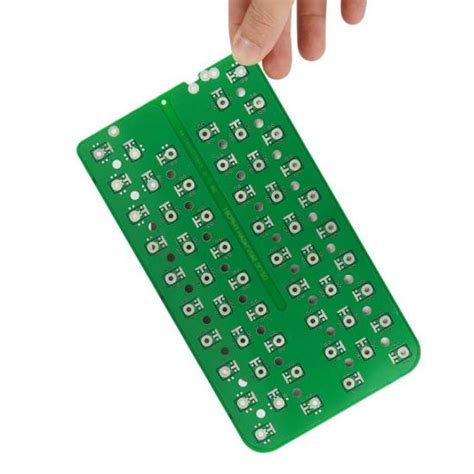
(4) The thermal capacity of the PCB should be evenly distributed, and high-power consumption components should not be placed in a concentrated manner.
Components with high heat generation should be installed in a dispersed manner. If it cannot be avoided, the short components should be placed upstream of the airflow, and sufficient cooling air volume should be ensured to flow through the heat consumption concentrated area. When the cooling airflow velocity is not large, the components are arranged in a cross-row manner to increase the degree of airflow turbulence and increase the heat dissipation effect.
(5) When the components are arranged vertically on the PCB and the heat-generating components are not installed on the casing
the distance between the components and the casing should be greater than 35 to 40 cm. In the horizontal direction, high-power devices should be arranged as close to the edge of the PCB as possible to shorten the heat transfer path; in the vertical direction, high-power devices should be arranged as close to the top of the PCB as possible to reduce their impact on other components during operation.
(6) When laying out components, the impact on surrounding heat radiation should be considered.
Heat-sensitive components (including semiconductor devices) should be kept away from heat sources or isolated. For heat sources with a temperature higher than 30°C, it is generally required that the distance between the components and the heat source should be no less than 4mm under natural cooling conditions. Components that are more sensitive to temperature should be placed in the area with the lowest temperature (such as the bottom) and should not be placed directly above the heat-generating components. Multiple components should be arranged in a staggered manner on a horizontal plane.
(7) The heat dissipation of the switching power supply PCB mainly depends on air flow, so the air flow path should be studied during design and components or PCBs should be reasonably configured.
Air always tends to flow to places with less resistance, so when configuring components on the PCB, avoid leaving a large airspace in a certain area. This problem should also be noted when configuring multiple PCBs.
(8) Inside a housing with ventilation holes, the layout of components should follow the direction of air flow, that is, air inlet → amplifier circuit → logic circuit → sensitive circuit → breakdown circuit → low-power resistor circuit → circuit with heat-generating components → air outlet, forming a good heat dissipation channel.
Heat generating components should be placed above the housing, while heat sensitive components should be placed below the housing. Metal housings should be used as heat sinks. It is possible to consider designing and installing components with high heat generation and large radiation on a PCB.
(9) The design ensures the stability of the working thermal environment of the components to reduce the temperature stress changes caused by thermal cycles and shocks.
The temperature change rate should not exceed 1°C/min, and the temperature change range should not exceed 20°C. This indicator requirement can be adjusted according to the characteristics of the designed switching power supply.
(10) The coolant and cooling method of the components should be compatible with the selected cooling system and components, and chemical reactions or electrolytic corrosion should not occur.
(11) The electrical power of the cooling system is generally 3% to 6% of the required cooling thermal power. During cooling, if the air flow contains moisture and the temperature difference is too large, condensation or adhesion will occur. Moisture and other contaminants can cause electrical short circuits, reduced electrical gaps or corrosion.
The following measures should be taken to address this.
① The temperature difference before and after cooling should not be too large.
② Where condensation occurs due to excessive temperature difference, water should not cause blockage or water accumulation. If water accumulates, the material in the water accumulation area will not corrode.
③ Heat the exposed conductive metal with shrink sleeves or other shielding and insulating measures.
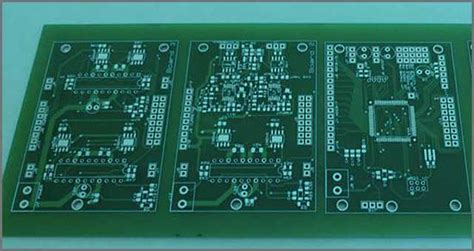
(12) Capacitors (liquid media) should be kept away from heat sources.
During the PCB layout process, space should be reserved as much as possible between components, between integrated circuit chips, or between components and chips to facilitate ventilation and heat dissipation.
(13) Within the scope of the rules, the contact pressure between the heat dissipation component and the component to be cooled should be as large as possible, and at the same time, ensure that the two contact surfaces are in full contact.
(14) For heat dissipation solutions using heat pipes, the contact area with the heat pipe should be increased as much as possible to facilitate heat conduction of heat-generating components and integrated circuit chips. Turbulence in space generally produces high-frequency noise that has a significant impact on the circuit and should be avoided.

(15) When there are fewer heat-generating components in the PCB (less than 3), a heat sink or heat pipe can be added to the heat-generating components. When the temperature cannot be lowered, a heat sink with a fan can be used to enhance the heat dissipation effect. When there are more heat-generating components (more than 3), a large heat sink (plate) can be used.
It is a special heat sink customized according to the position and height of the heat-generating components on the PCB, or different component heights can be cut out on a large flat heat sink, and the heat sink can be buckled on the component surface as a whole to contact each component to dissipate heat. However, due to the poor height consistency of components during soldering, the heat dissipation effect is not good. Usually, a soft thermal phase change thermal pad is added to the component surface to improve the heat dissipation effect.
A lot of practical experience shows that the use of a reasonable arrangement of components can effectively reduce the temperature rise of the PCB, thereby significantly reducing the failure rate of components and PCBs.



